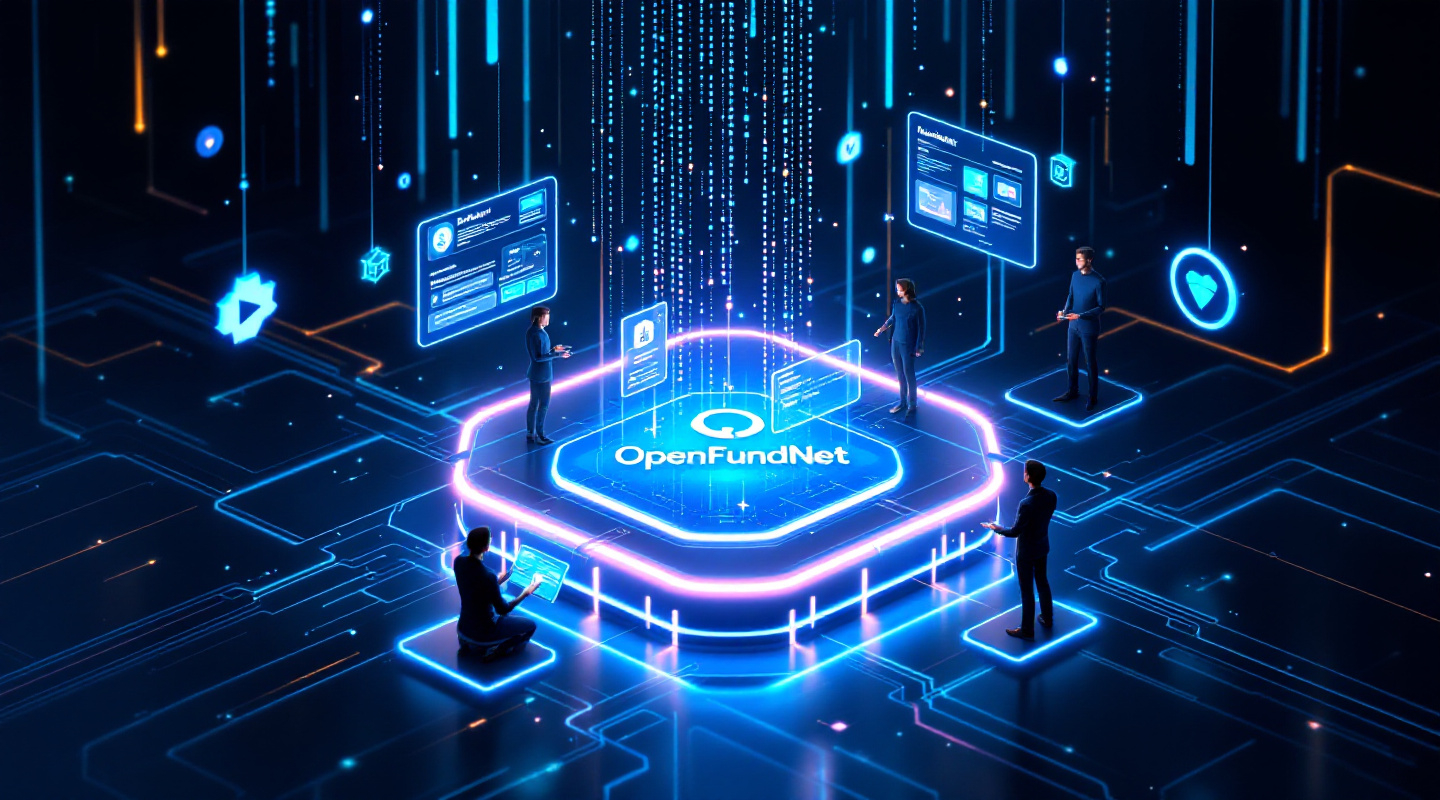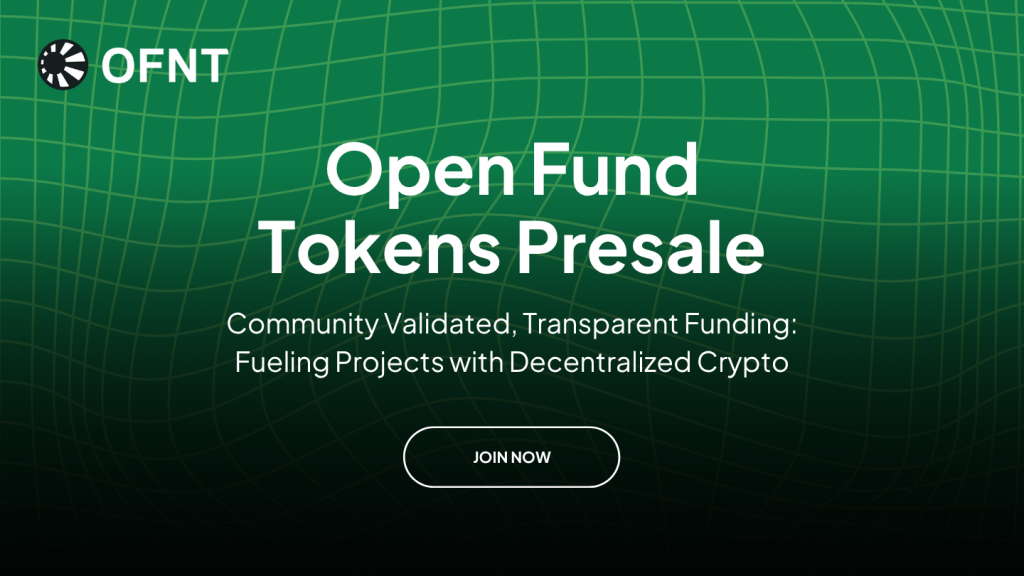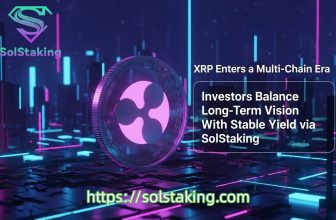
As the cryptocurrency ecosystem expands into more specialized applications, OpenFundNet is emerging with a focused mission: to decentralize the process of funding creative and entrepreneurial projects. The platform offers a new take on how blockchain can be applied—not as a general-purpose ledger or smart contract network, but as a dedicated infrastructure for global, community-driven fundraising.
This arrival places it alongside—but distinct from—major blockchain projects such as XRP, Kaspa, and Cardano, which have each carved out their own approaches to decentralization, finance, and global adoption.
What you'll learn 👉
A Different Purpose
While XRP, Kaspa, and Cardano are foundational blockchain protocols, OpenFundNet positions itself as an application layer built specifically for project funding. Rather than being a standalone coin or base chain, it uses existing cryptocurrencies and blockchain networks to operate a decentralized platform for milestone-based crowdfunding.
Projects on OpenFundNet are supported not just through simple donations, but through structured funding models where funds are unlocked as development progresses. This stands in contrast to XRP, which is primarily used to facilitate fast cross-border payments; Kaspa’s focus on scalable peer-to-peer transfers via its blockDAG architecture; and Cardano’s emphasis on smart contracts and decentralized identity.
$OFNT Token Sale | Buy $OFNT Now!
Governance and Decision-Making
Governance across these four platforms takes different forms. XRP relies on a unique consensus model run by a set of trusted validators, while Kaspa uses a proof-of-work system designed to support extremely high block rates. Cardano operates on a proof-of-stake mechanism that involves community voting and long-term treasury management.
OpenFundNet, meanwhile, introduces a hybrid approach by involving human validators—community members who review and score projects using transparent user feedback. These scores influence which campaigns receive visibility and support. Token holders also participate in broader decision-making, such as platform upgrades and funding criteria, forming a blend of reputation and token-weighted governance.
User Roles and Incentives
The role of participants varies widely between these projects. In the ecosystems of XRP, Kaspa, and Cardano, users primarily interact by holding, transacting, staking, or developing applications on the networks.
In OpenFundNet’s model, users take on more distinct roles: creators launch campaigns, validators score proposals, and backers provide milestone-based funding. Backers are rewarded with native tokens for their support, and those tokens can be staked or used for governance—introducing incentive mechanisms that go beyond speculation or mining.

Crypto Integration and Global Access
One of OpenFundNet’s key design elements is its integration with major cryptocurrencies, including XRP, Kaspa, and Cardano. These coins can be used to fund campaigns, with the platform leveraging their unique capabilities. XRP offers speed and low transaction costs. Kaspa contributes rapid confirmation times and high throughput. Cardano’s smart contract functionality could be used in future iterations to automate milestone validation or integrate decentralized identity verification.
Unlike many traditional crowdfunding platforms, which often restrict access to users in specific regions due to payment processor limitations, OpenFundNet is designed to be globally accessible from day one. This aligns with the broader vision of XRP, Kaspa, and Cardano, each of which promotes global inclusion through decentralized finance solutions.
Economic Models and Monetization
The monetization strategies among the four platforms also differ. XRP and Kaspa depend largely on network usage and the growth of their respective ecosystems. Cardano uses a treasury and staking model to fund long-term development and community initiatives.
OpenFundNet, by comparison, has no platform transaction fees. Its native token economy is structured to reward engagement—users who contribute by funding or validating are compensated, and creators retain the full value of their raised funds. This model seeks to align incentives across the entire funding lifecycle, from ideation to delivery.
Market Timing and Positioning
The launch of OpenFundNet comes at a time when decentralized finance (DeFi) is pushing into increasingly specialized verticals. Crowdfunding, long dominated by centralized platforms such as Kickstarter and GoFundMe, is now being reevaluated through the lens of Web3. While XRP, Kaspa, and Cardano offer robust infrastructure for general blockchain applications, OpenFundNet narrows its focus to a specific use case—offering tools for transparent, community-vetted funding that may complement the broader financial utility of those established coins.
With the global crowdfunding industry projected to exceed $40 billion in annual volume by 2026, blockchain-native platforms are gaining attention as potential challengers to legacy fundraising models. OpenFundNet’s integration of milestone-based funding, validator oversight, and token incentives presents a distinct approach within the evolving crypto landscape.
Looking Ahead
As decentralized technologies continue to evolve, platforms like OpenFundNet may not compete directly with XRP, Kaspa, or Cardano—but instead operate alongside them, utilizing their speed, security, and interoperability to power new funding frameworks.
With its community-first design and native crypto incentives, OpenFundNet adds a new dimension to how blockchain can enable grassroots innovation, potentially shaping the future of how ideas are funded in the digital age.
Join the OpenFundNet Token Presale and Community
Website | X | Telegram | Discord
DISCLAIMER: CAPTAINALTCOIN DOES NOT ENDORSE INVESTING IN ANY PROJECT MENTIONED IN SPONSORED ARTICLES. EXERCISE CAUTION AND DO THOROUGH RESEARCH BEFORE INVESTING YOUR MONEY. CaptainAltcoin takes no responsibility for its accuracy or quality. This content was not written by CaptainAltcoin’s team. We strongly advise readers to do their own thorough research before interacting with any featured companies. The information provided is not financial or legal advice. Neither CaptainAltcoin nor any third party recommends buying or selling any financial products. Investing in crypto assets is high-risk; consider the potential for loss. Any investment decisions made based on this content are at the sole risk of the readCaptainAltcoin is not liable for any damages or losses from using or relying on this content.







